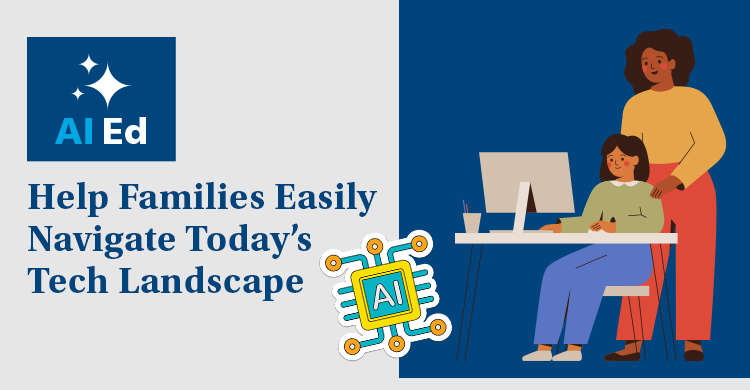Over the summer, schools and districts often engage in curriculum development work. Many teams will be working to unpack standards, identify learning targets, and then align assessments to the targets.
It makes sense to pay attention to learning targets. Experts agree that the most powerful formative strategy teachers can use to improve student learning is to clarify their expectations or learning targets for the learners (Chappuis, 2014; Hattie, 2009; Wiliam, 2009). But it turns out that getting the right targets isn’t as easy as simply turning lengthy standards into a multitude of target-specific statements.
Today, there is much confusion and as a result, many common errors are made in the identification and use of learning targets:
- There are too many. It’s an overwhelming list to consider, much less work through.
- There is a target (or more) per day; inevitably, the targets will move too fast for learners to grasp and fully integrate the learning required. There is no way for a learner to ‘fix’ a missed target because it is behind them after a single day of exposure or practice.
- The identified targets are too granular or discrete. Many times they link to recall level work and right or wrong answers rather than the deep learning and reasoning required for learners to monitor and ultimately celebrate growth over time.
When targets are too granular, they are also disconnected from the big picture and the supporting rationale. For example, teachers use reading strategies like chunking words or looking at pictures to help learners access bigger concepts like word recognition or inference and comprehension. When targets are written about strategies (e.g. I can chunk words), they distract the learners from the more significant purpose and blur the final goal. So, when strategies need to be the focus of the learning, it’s best to write the rationale or end goal directly into the target; for example, “I am learning to chunk parts of words I already know so that I can recognize words quickly.”
In the end, targets must help teachers accomplish two things:
- Make learning visible to the learners
- Support teachers in spiraling the learning to build a rich depth of knowledge
Putting “I can” in front of any learning-oriented expectation will not suffice. Just as there are criteria to prioritize standards (Endurance, Leverage, and Scaffolding), there are also criteria for creating and employing the learning targets within the standards:
Aligned and Focused
- Are the targets we’ve identified specifically tied to standards?
- Are the targets stated in ways that appropriately aim toward the end goal (e.g. learning to read versus learning reading strategies) and add purpose to the learning?
Visible and Available
- Do the learners know the targets and are they visible throughout the learning process?
- Are the targets stated in student-friendly terms so learners can clearly understand the expectations?
Measurable and Extendable
- Are the targets measurable?
- Have we agreed on what proficiency will look like (naming quality criteria) and do we have ways of making those expectations clear to the learners as we engage them in the work of mastering the learning targets over the course of study?
- Are the targets able to be monitored over time, allowing students the ability to self-assess, set goals, and track their progress in meaningful and productive ways? Will the data they gather about their progress support their ability to make strong instructional decisions so they can be successful?
When teams ask these critical questions while they are working, they generate a stronger, more robust and manageable list of learning targets. When teachers take great care to incorporate the criteria for quality learning targets in their development phase, they create a visible pathway to success for everyone on the learning journey.






